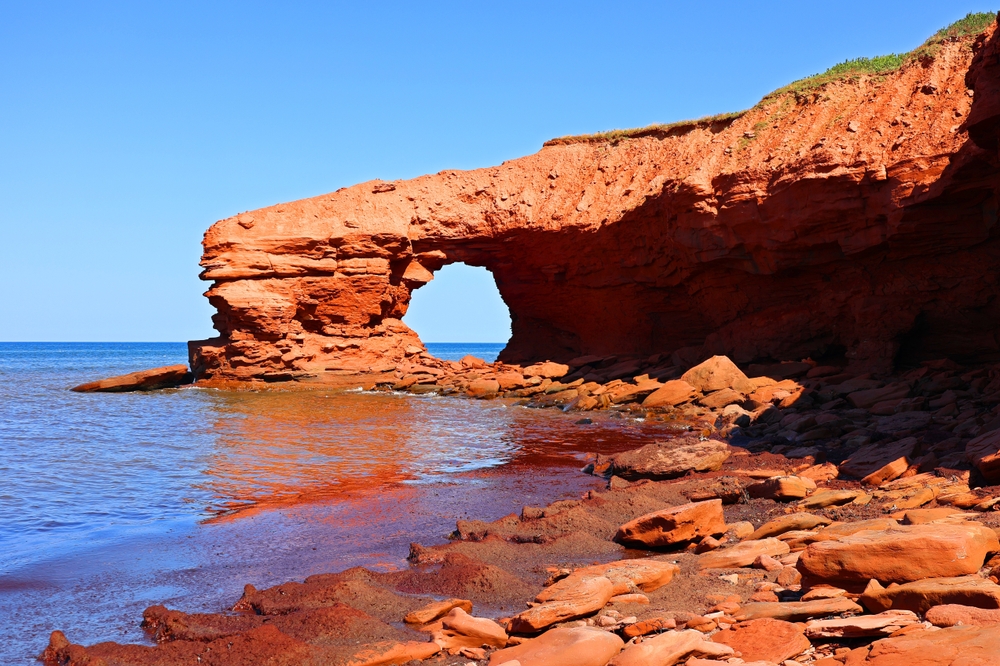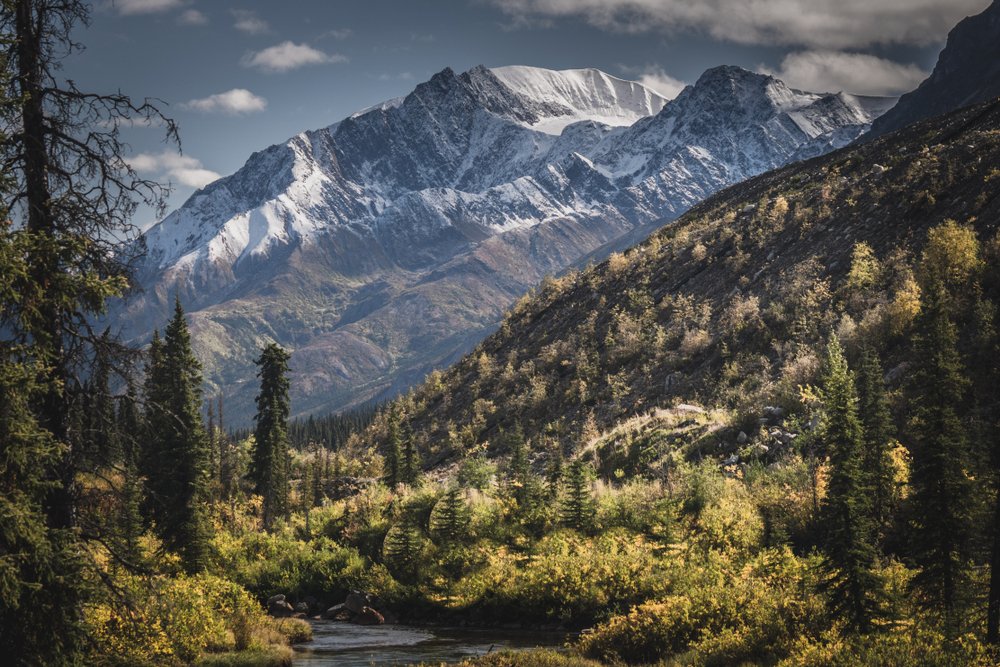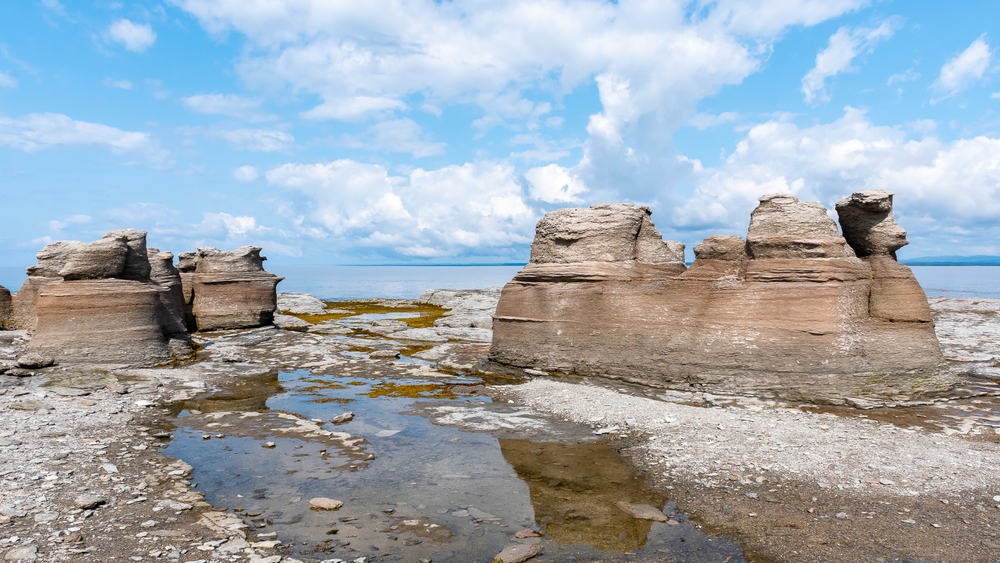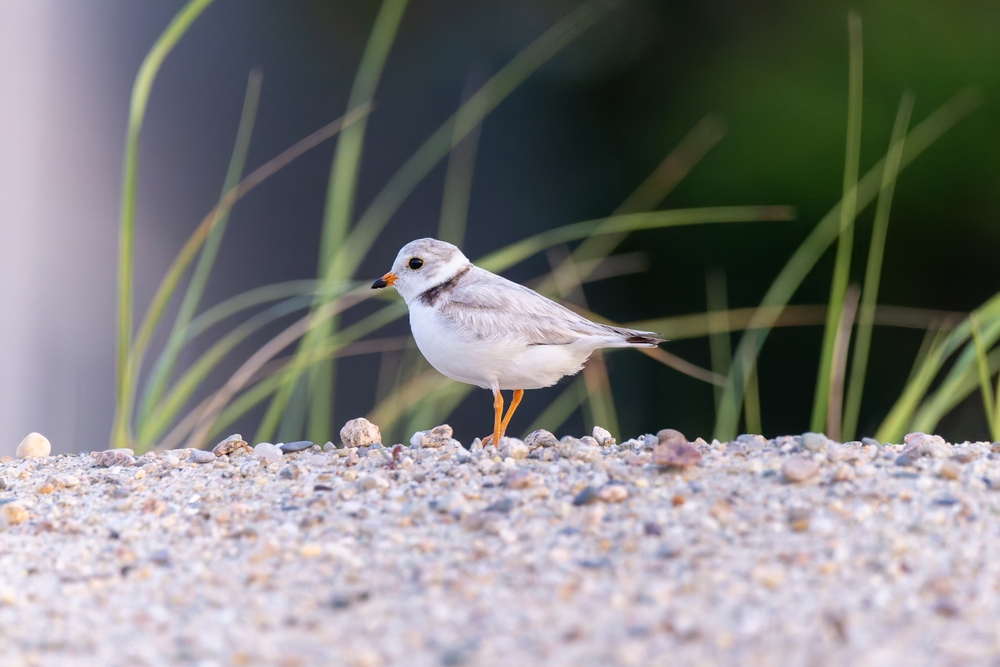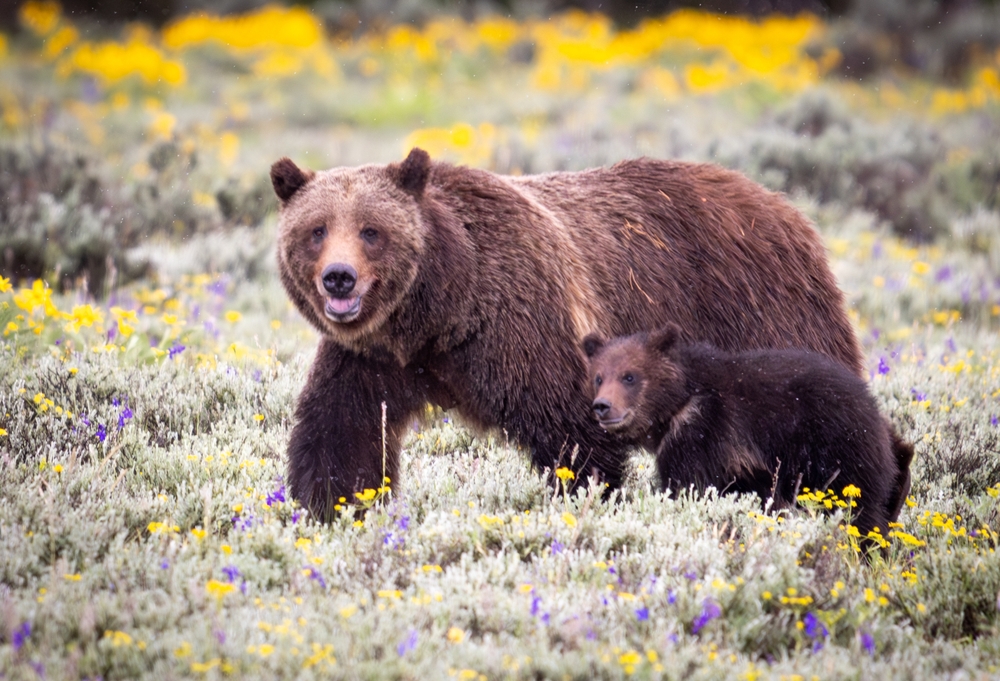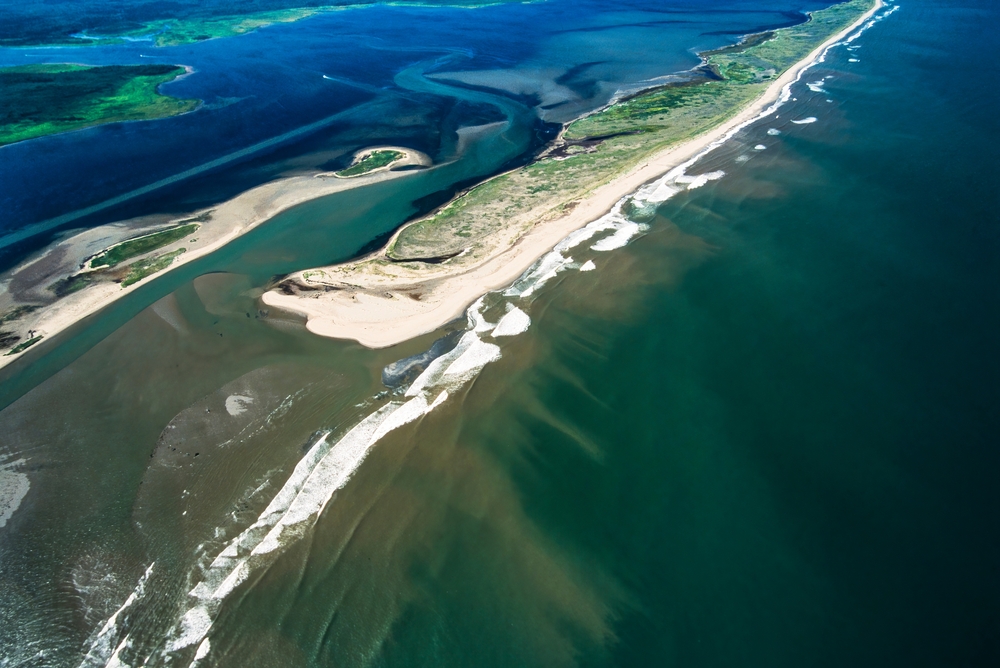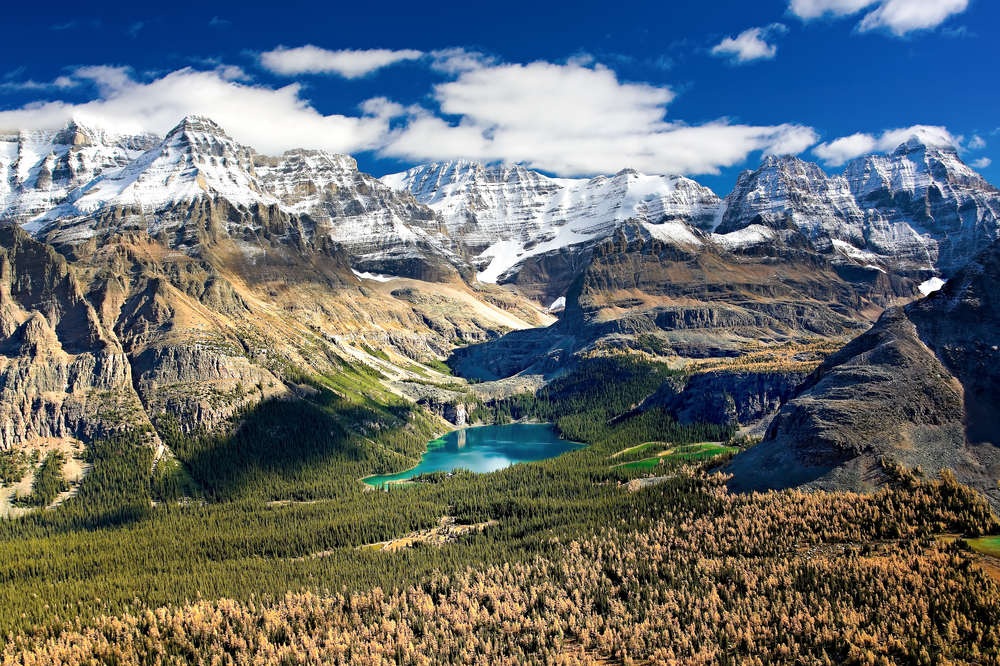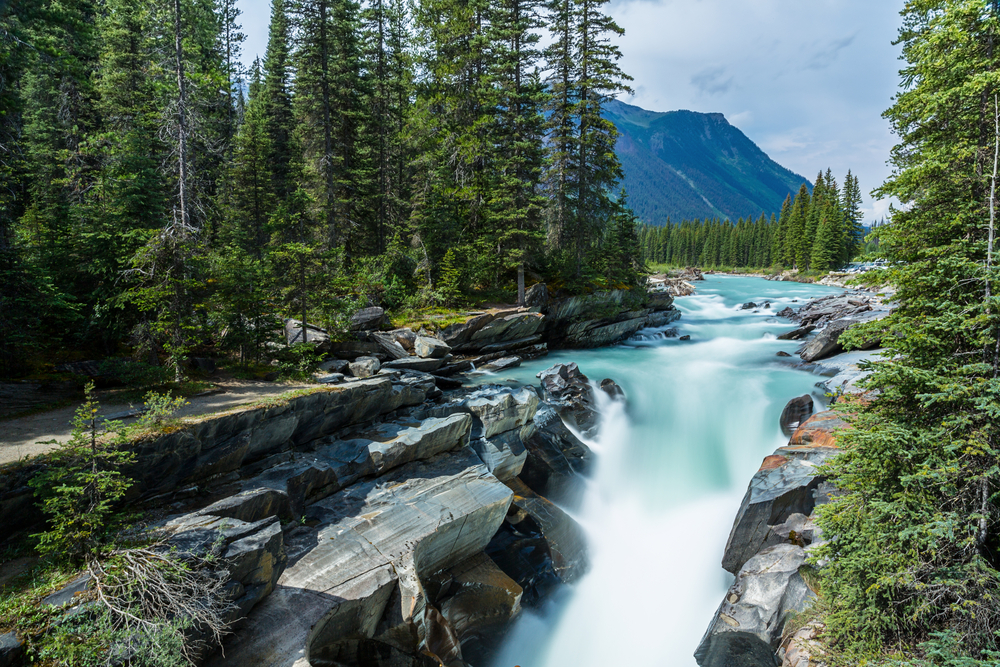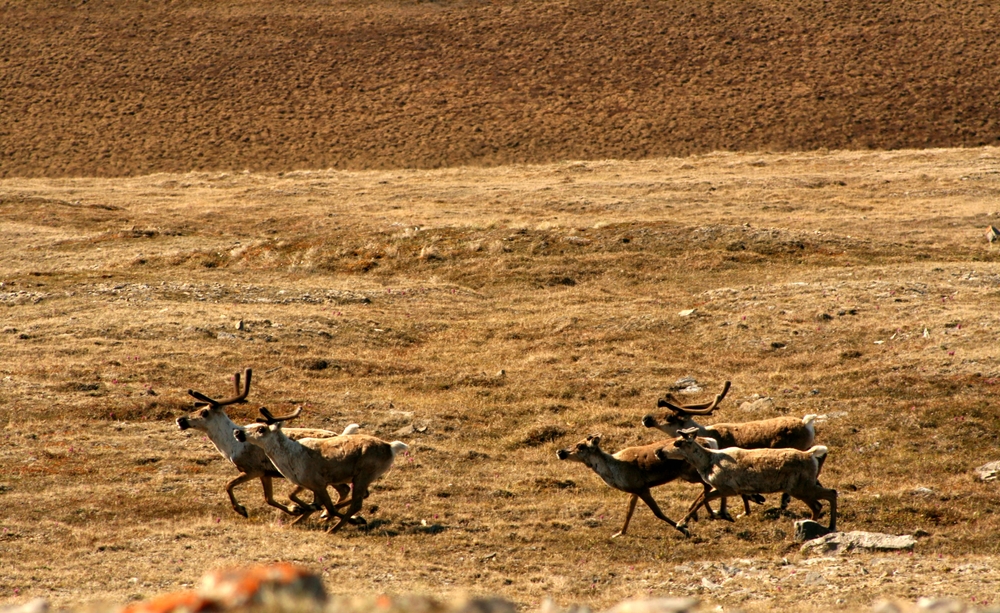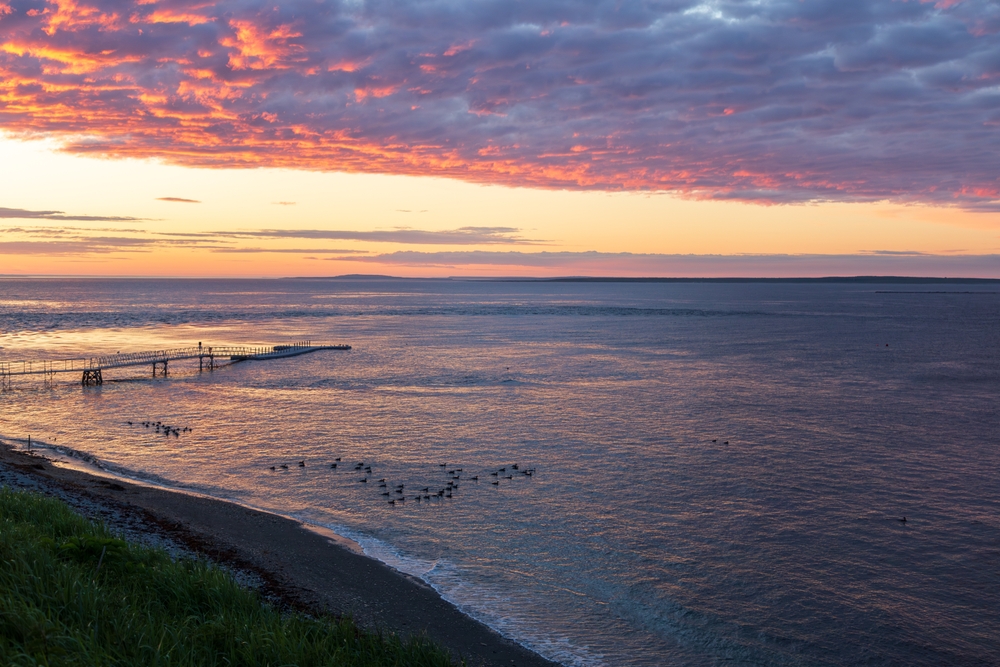Prince Edward Island Overview
Prince Edward Island National Park, located on the northern shore of Prince Edward Island in Canada, spans approximately 27 square miles (70 square kilometers). This coastal park is known for its stunning red sandstone cliffs, rolling sand dunes, and pristine beaches that stretch along the Gulf of St. Lawrence.
The park’s varied terrain includes salt marshes, freshwater ponds, and Acadian forests, creating a rich and diverse habitat. Notable geographical features include the iconic Dalvay-by-the-Sea, a historic estate and hotel, as well as the red cliffs of Cavendish and Greenwich’s parabolic sand dunes, which are among the most unique dune formations in North America.
The vegetation within Prince Edward Island National Park is a mix of boreal and coastal plant life, with hardy dune grasses, lichen-covered forests, and salt-tolerant shrubs thriving in the maritime climate. Marram grass, which plays a crucial role in stabilizing the sand dunes, is a dominant plant along the shore.
Inland areas are home to red spruce, sugar maple, and yellow birch trees, while wetland areas are dotted with cattails and sedges. Wildflowers such as purple lupines, beach peas, and wild roses add vibrant color to the park’s landscapes throughout the warmer months.
Wildlife in the park is diverse, particularly in its bird population, as Prince Edward Island National Park is an important breeding ground for various species. The endangered piping plover, a small shorebird that nests on sandy beaches, is one of the park’s conservation priorities. Other notable bird species include great blue herons, osprey, and bald eagles.
Mammals such as red foxes, snowshoe hares, and mink roam the forests and meadows, while harbor seals can often be spotted lounging on the shoreline. The park’s freshwater and marine environments support a variety of fish, amphibians, and invertebrates, further contributing to its ecological richness.
The park is a favorite destination for visitors due to its beautiful scenery and recreational opportunities. Cavendish Beach, with its warm waters and dramatic cliffs, is one of the most popular spots, drawing swimmers, sunbathers, and photographers. Greenwich, another highlight, features a floating boardwalk that winds through dunes and wetlands, offering a peaceful and scenic way to explore the park’s unique ecosystems.
The historic Dalvay-by-the-Sea estate provides visitors with a glimpse into the island’s past while offering luxurious accommodations and dining. The park is also home to the Green Gables Heritage Place, which pays homage to L.M. Montgomery’s famous novel Anne of Green Gables and allows visitors to step into the world of the beloved literary character.
Outdoor enthusiasts can enjoy hiking and cycling along the park’s many trails, such as the Homestead Trail, which meanders through forests and along the coastline, offering picturesque views. Kayaking and canoeing opportunities abound in the sheltered bays and estuaries, providing a chance to see the park’s landscapes from the water.
Birdwatching, particularly in spring and summer, is another popular activity, as is winter cross-country skiing when the park is blanketed in snow.
Conservation efforts in Prince Edward Island National Park have been focused on protecting fragile dune ecosystems and preserving the habitats of endangered species like the piping plover. Restoration projects, such as dune stabilization and controlled beach access, help mitigate human impact on these delicate areas.
The park has also implemented programs to monitor wildlife populations and control invasive species, ensuring the long-term health of its natural environment. While climate change and coastal erosion pose ongoing challenges, the park’s management continues to develop strategies to protect its landscapes for future generations.








































































